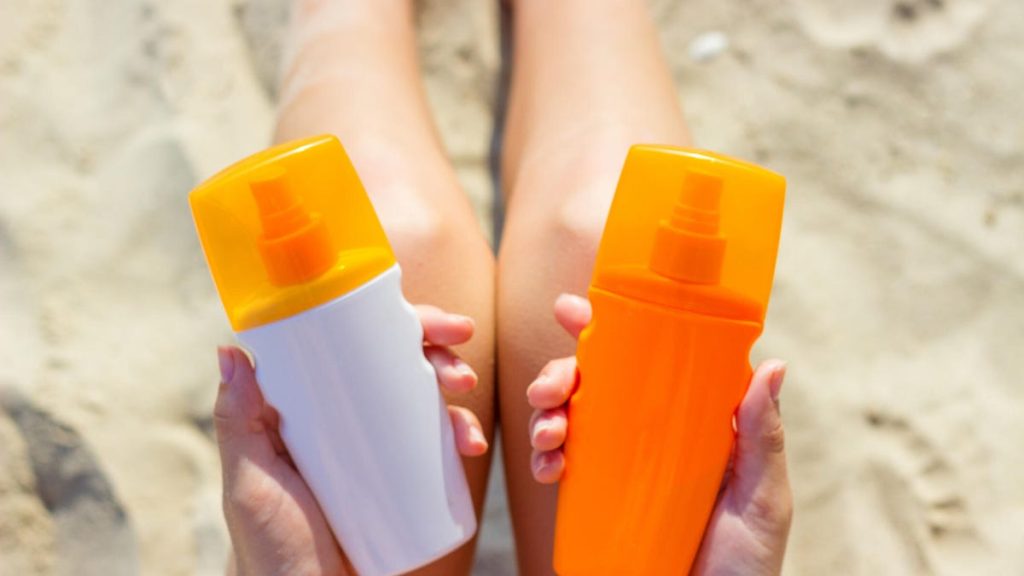Every year brings about new trends in wellness, fitness, and beauty, with the rise of natural and mineral sunscreens being a notable trend. Mineral sunscreens, containing zinc oxide or titanium dioxide, work as a shield to deflect the sun’s rays, while chemical sunscreens act as sponges to absorb UV light. The concern over absorbing chemicals from sunscreen has led to the popularity of mineral sunscreens, although no data currently proves that FDA-approved chemical sunscreens are harmful. The FDA is working on regulating the sunscreen market and gathering safety data on sunscreen ingredients that are currently approved for use.
There are 16 active ingredients found in sunscreens, with zinc oxide and titanium dioxide found in mineral sunscreens being considered generally safe and effective. The FDA has proposed gathering more safety data on 12 other ingredients and labeling two ingredients, para-aminobenzoic acid and trolamine salicylate, as not generally safe and effective. Despite concerns over absorption of chemicals in chemical sunscreens, the benefits of reducing the risk of skin cancer and sunburn outweigh the theoretical risks of absorption. Ultimately, the FDA’s strict regulations on sunscreen in the US contribute to the ongoing debate on the safety of sunscreen ingredients.
Whether mineral or chemical sunscreen is best for skin protection is still a gray area, as the science is currently lacking in determining the long-term effects of sunscreen absorption. Both types of sunscreen can effectively protect the skin from sun damage, with the known benefits outweighing the potential risks. Regardless of the type of sunscreen, it is important to look for specific characteristics such as broad-spectrum protection, a sun protection factor of 30 or higher, and water resistance. Sunscreens should be reapplied throughout the day for optimal efficacy in blocking UV rays.
The debate between mineral and chemical sunscreen may lead to decision paralysis, but sunscreen users should prioritize key characteristics such as broad-spectrum protection, SPF 30 or higher, and water resistance. Expensive sunscreens may feel better on the skin but are not necessarily better at blocking harmful UV rays. Reapplying sunscreen throughout the day is crucial for maintaining protection against UV rays. As more data on sunscreen ingredients is gathered, the FDA continues to regulate the sunscreen market to ensure the safety and effectiveness of sunscreens available to consumers. Ultimately, the importance of protecting the skin from sun damage remains a priority, regardless of the type of sunscreen used.












